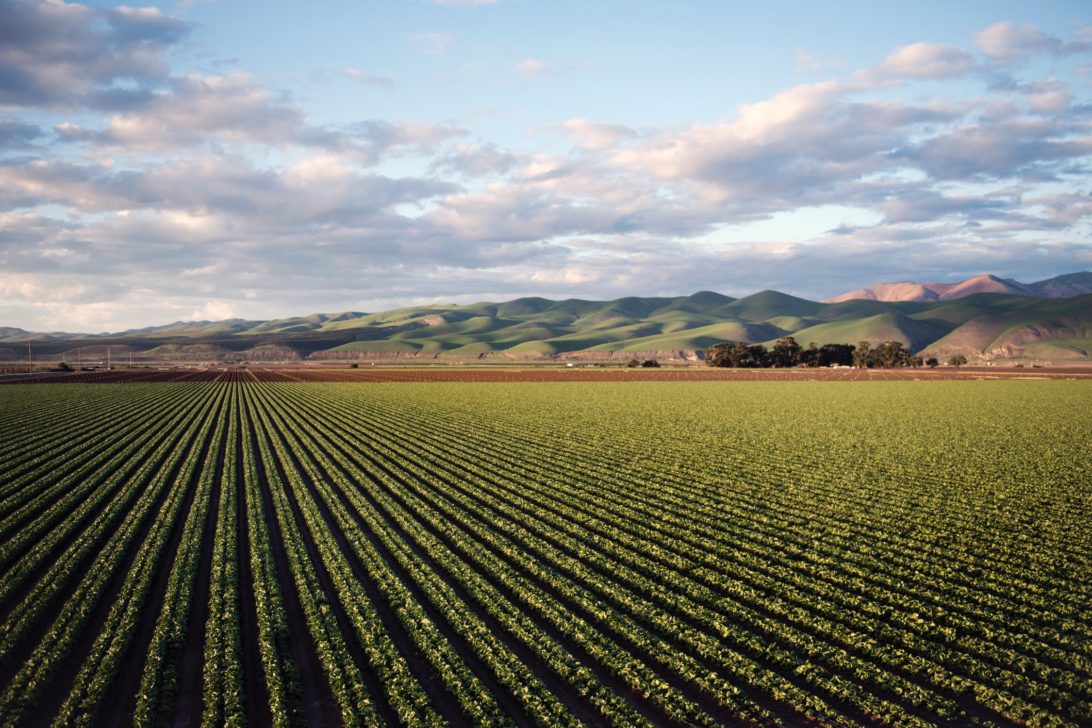
Our center develops solutions sustainable at the area agrarian y forestry. Nuestra mission is integrate technologies of technologies to improve the sustainability at the activities agricultural y livestock. In addition, we offer services specialized that address problems reviews, including the shortage of resources, the change climate and pollution of the water pollution. Estamos committed a transform these challenges at opportunities for a future more sustainable.
Among the various solutions we offer, we highlight.
Bioremediation from Soils Contaminated: We implement technologies advanced for revitalize soils contaminated. Nuestro approach search return these soils a your state productive natural, promoting the health of environment y ensuring the viability of the crops.
Coexistence of Crops with Energies Renewables: We do studies detailed on the coexistence harmonious of crops with systems at production systems at energy renewable, such as the photovoltaic and wind. Esta integration strategic search maximize the efficiency y sustainability of the operations agricultural.
Evaluation of Parameters Environmental: We evaluate parameters crucial of of interest environmental, such as the biodegradability, phytotoxicity y emissions gas emissions emissions greenhouse. Esta evaluation precise assures that the practices agricultural be respectful with the environment.
Identification Genetics from Species Species: We use analysis genetic advanced for certify y track species forestry. Esto no solo contributes to the conservation, but that also backs studies of genetics of studies to understand y preserve the diversity genetics.
Analysis Life Cycle Assessments (LCAs) and Efficiency and Energy Efficiency: We do evaluations exhaustive of the sustainability a through LCAs and analysis of efficiency analysis energy. Esto provides information valuable for the taking of decisions informed, considering aspects keyenvironmental issues.
Analysis Environmental and Resources Agroforestry: Our research is focuses at analyze the relationship crucial relationship between the environment environment y the resources agroforestry. Este focus integrated approach search optimize the practices agricultural y forestry for a yield sustainable in the long term.
Calculation of Footprint Ecological and Carbon: We evaluate the impact environmental of the activities agrarian y forestry via the calculation of the footprint ecological and carbon. Esta measurement precise help a implement practices more conscious and sustainable.
Reconversion y Valorization of Waste: We develop strategies innovative for the reconversion y valorization of waste agricultural y livestock. Nuestro approach look for not only manage appropriately the waste, but also convert them to at resources valuable from a perspective economic and environmental.
Adaptation to the Circular Economy: We we strive by adapt the models of production y consumption to contribute to the economy circular. This approach search minimize the generation of waste y promote the use efficient of resources, by closing the cycles from life cycles from the products and materials.
Phytodepuration of Wastewater Wastewater: We implement technologies advanced from phytodepuration for clean waters residuals. Este process contributes significantly to the preservation of the resources water and to the maintenance of ecosystems healthy.
Composting y Generation from Biogas: We study y apply technologies from composting technologies y generation of biogas generation for valorize waste agricultural y livestock. These processes not only reduce the load of waste, but that also generate resources valuable, such as fertilizers y energy renewable.
Agriculture and forest management face considerable challenges, from soil contamination to excessive waste generation. Growing environmental awareness and the need for more sustainable agricultural practices have led to the search for innovative solutions. Our approach comprehensively addresses these issues and transforms challenges into opportunities, while taking measures to protect farmers’ rights and health.
To address this issue, we implement environmentally friendly farming practices, using advanced technologies of measurement and analysis. Specialized equipment, such as NDVI and portable SPAD, allow us to collect data in the field, ensuring the application of evidence-based approaches.
One of the main problems we address is finding a balance between food production and environmental preservation. The conventional agriculture has contributed to soil and water pollution, as well as greenhouse gas emissions. Our soil bioremediation and the evaluation of environmental parameters seek to reverse these negative impacts.
In addition, the coexistence of crops with renewable energies represents a strategy to maximize efficiency in the use of land and resources, seeking a more integrated and sustainable approach. Genetic identification of forest species also addresses concerns of conservation, contributing to the preservation of biodiversity.
The proper management of agricultural and livestock waste is another challenge we face. We seek not only to manage these wastes efficiently, but also to waste, but also to convert it into valuable resources, either through composting or biogas generation. This not only reduces the environmental, but also creates new economic opportunities.
Our life cycle and energy efficiency analyses provide key information for informed decision making. Assess your footprint The carbon footprint and ecological footprint allow for the implementation of more conscious and sustainable practices, reducing the environmental impact.
Adaptation to the circular economy is a fundamental pillar of our mission. We seek to transform production and consumption patterns, minimizing waste generation and promoting the efficient use of resources. This includes the reconversion and valorization of waste, closing product life cycles and promoting more efficient resource management.